Lower Back Pain

Low back pain is a common and global problem. In 2017 it was estimated that 577 million people around the world suffer from this condition this means that most people can’t identify a specific disease or source for their pain. Factors such as age, occupation, sleeping habits, ergonomics, underlining conditions, etc.
Therefore the implementation of spinal manipulation (adjustments), patients education (ergonomics,exercises and stretches ) in combination with therapeutic modalities such as ultrasound and EMS provide the optimal results.
Neck Pain & Headaches
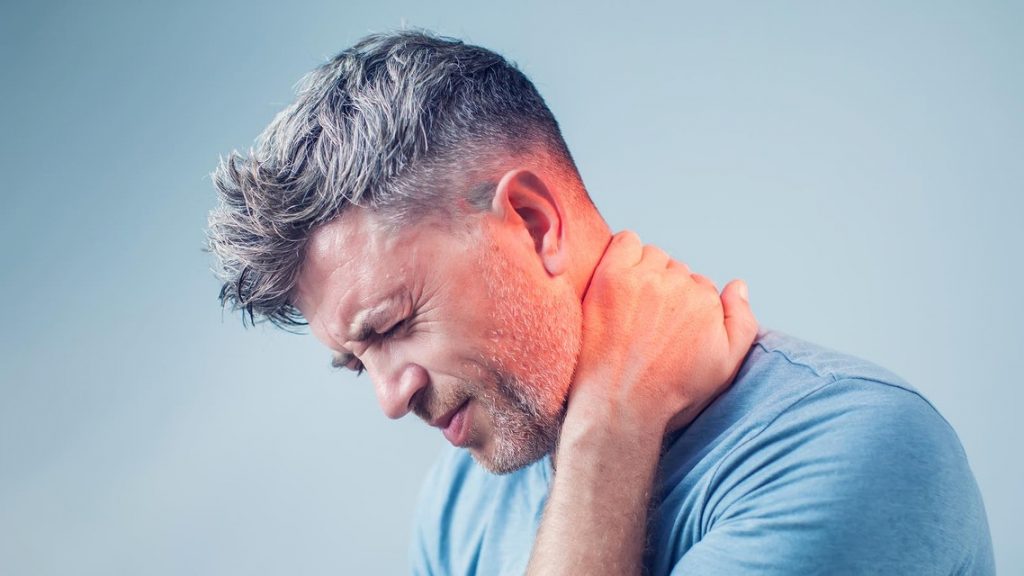
Text neck is a prime example of a condition resulting from overuse and poor ergonomics. Sometimes resulting in a hypolordosis or straightening of the neck which leads to impaired biomechanics of the neck. This often results in tight muscles, pain into the upper back and arms, also cervicogenic headaches.
In combination with the right modalities of therapy the natural curvature of the neck can be improved and restored. In addition to improving the range of motion and overall health of the cervical spine.
Muscle and Ligaments Injuries
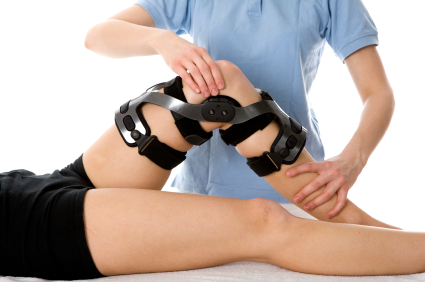
Muscular or ligamentous injuries also known as sprains and strains can occur anytime during daily activities. The healing of these injuries can be stunted by abnormal pressure on these structures from subluxations of the spinal joints. Chiropractic treatment restores the spinal joints back to their natural state which alleviates the pressure on these tissues and promote healing. We also educate our patients on how to manage their pain and ensure their injuries heal optimally
Slip Disc
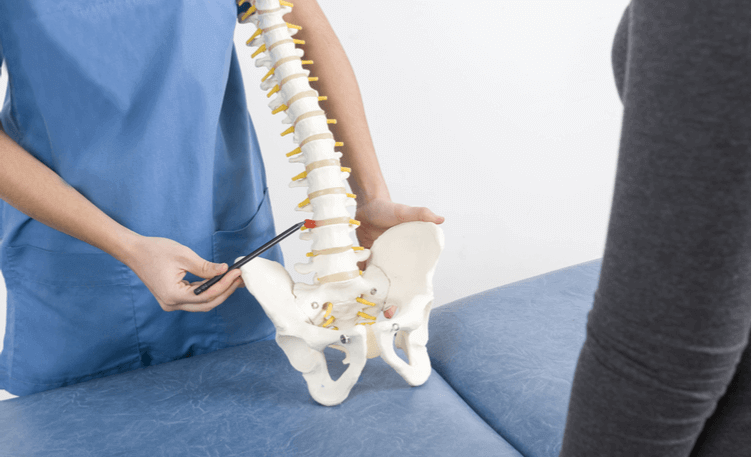
Disc bulge is when the disc between vertebral bones starts to protrude out of its natural position due either due to trauma, repetitive stress damage or age related degeneration. Disc herniation is when the inner nucleus of the disc shifts and exits the disc through a tear of the outer layer.
Studies have shown chiropractic care is a safe and helpful modality for the treatment of cervical and lumbar disc herniations.
Scoliosis

Scoliosis is a three-dimensional deviation of the spinal axis. The main diagnostic criterion is spinal curvature exceeding 10° on a X-ray image. Scoliosis is called idiopathic when no other underlying disease can be identified.
Treatment of a complex condition such as scoliosis requires a multifaceted therapeutic approach. Chiropractic care utilizes spinal adjustments, spinal traction in combination with physical therapy to improve mobility and reduce the curvature of the afflicted spine.
Vertebral & Exremity Subluxations
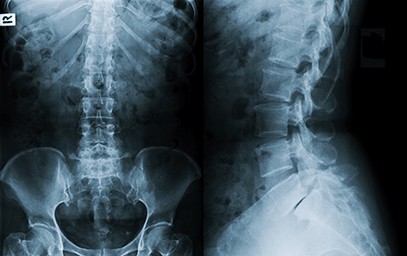
Vertebral (spinal) subluxation can cause muscle tightness and restricted motion due to impaired biomechanics of said joint. If left untreated these subluxations can lead to inflammation in the spinal joints which are known as the facet joints. Chronic inflammation in these joints will lead to an accelerate rate of degeneration which in turn can lead to more serious conditions involving the spinal discs.
Chiropractic care should be utilised as a prevention for these conditions and not only utilized once the condition has become severe.
Numbness & Muscle Weakness
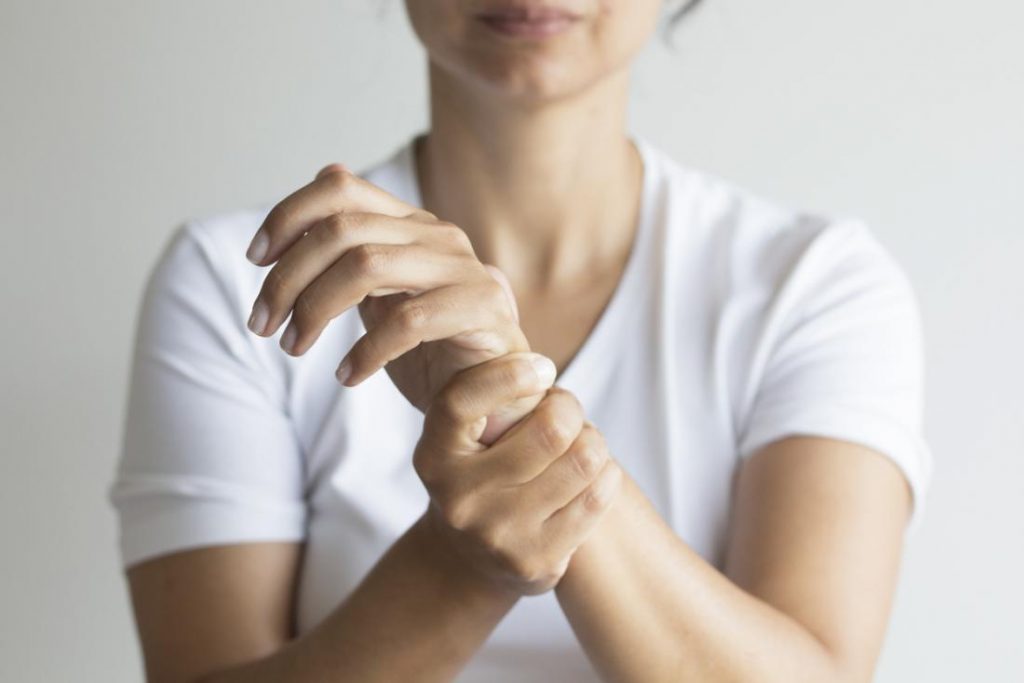
Weakness and numbness occur in a variety of patterns that reflect injury to different parts of the central and peripheral nervous system. Progressive symptoms most often signify an underlying structural or degenerative problem. Damage to these tracts and nerve fibers produces characteristic clinical symptoms and signs.
Common Extremity Conditions
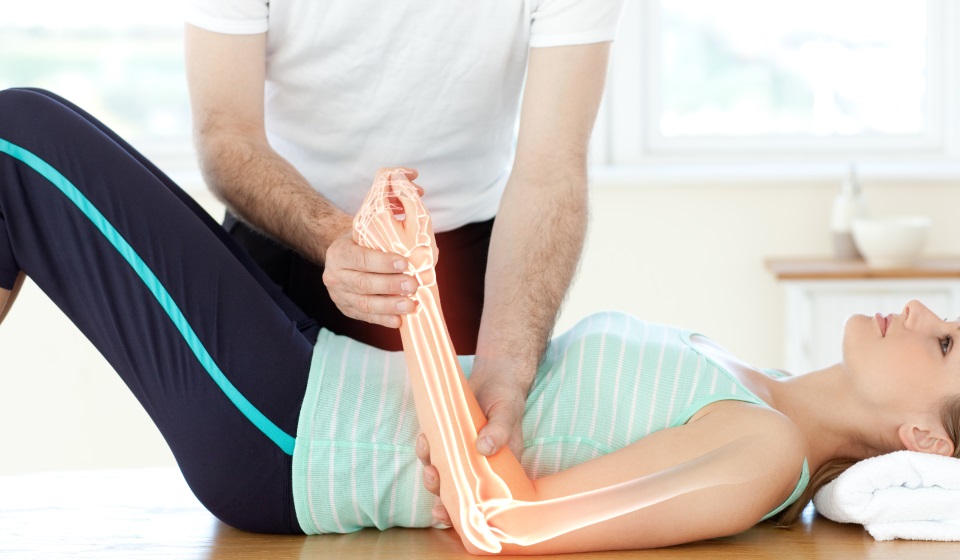
Tennis elbow
Pain on the outside of the elbow, most commonly caused by overuse of the wrist extensor muscles
Golfers elbow
Pain on the inside of the elbow, most commonly caused by overuse of the wrist flexors
Carpal Tunnel Syndrome
Numbness, tingling, weakness and pain in the thumb and first two fingers caused by abnormal pressure on the median nerve in the wrist
Deep Gluteal Syndrome
DGS is an underdiagnosed entity characterized by pain and/or tingling in the buttock area, hip or posterior thigh and/or radicular pain due to sciatic nerve entrapment in the subgluteal space.
ACL Sprain
Partial or complete tearing of the anterior cruciate ligament most commonly occurs during rapid deceleration followed by a sudden change in direction
Jumpers knee
Damage to the quadriceps and patella tendon either due to improper posture when jumping or repetitive jumping
Osgood Sclatters
Abnormal tightness in the Quadriceps leads to continuous pressure on tibial tuberosity which leads to ossification and an enlarged tibial tuberosity.
Inversion/Eversion Sprain
Caused by sudden twisting of the ankle during sports or exercise
Shin Splints
Dull achy pain in the front of the leg which improves during activity and worsens after activity
Plantar fascitis
Pain due to inflammation on the heel of the foot most commonly during the first few steps of the day
Treatments

Spinal manipulation
– Manual adjustments
– Thompson drop piece
– Activator method
Patient education
– Ergonomics
– Exercises
– Stretches
Flexion Distraction
*Benefits and mechanism of treatment simplified
Therapeutic modalities
– US*
– EMS *
– HEAT*

